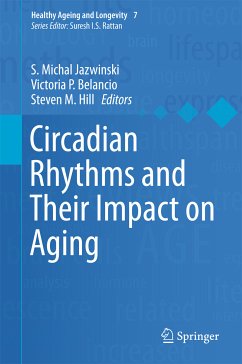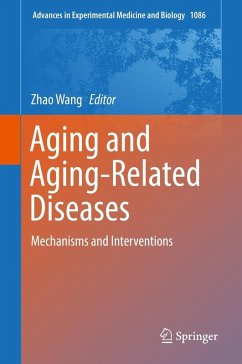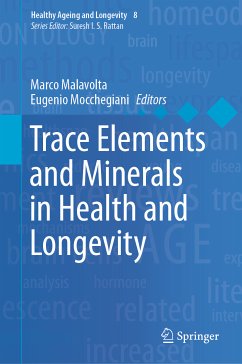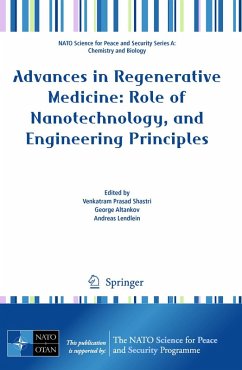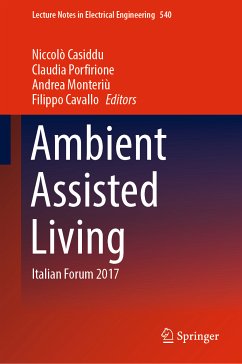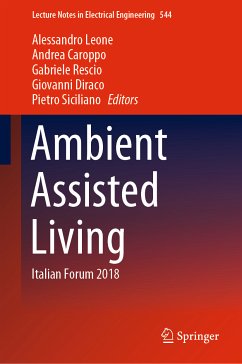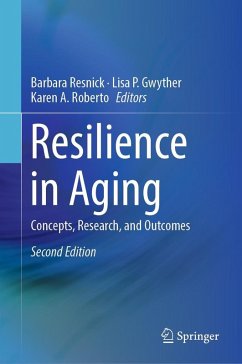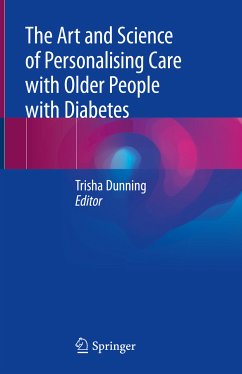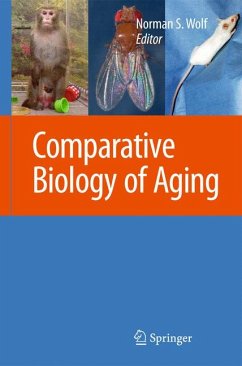
Comparative Biology of Aging (eBook, PDF)
Versandkostenfrei!
Sofort per Download lieferbar
160,95 €
inkl. MwSt.
Weitere Ausgaben:

PAYBACK Punkte
80 °P sammeln!
determined by an inability to move in response to touch. C. elegans develop through four larval stages following hatching and prior to adulthood. Adult C. elegans are reproductive for about the rst week of adulthood followed by approximately two weeks of post-reproductive adulthood prior to death. Life span is most commonly measured in the laboratory by maintaining the worms on the surface of a nutrie- agar medium (Nematode Growth Medium, NGM) with E. coli OP50 as the bacterial food source (REF). Alternative culture conditions have been described in liquid media; however, these are not widely ...
determined by an inability to move in response to touch. C. elegans develop through four larval stages following hatching and prior to adulthood. Adult C. elegans are reproductive for about the rst week of adulthood followed by approximately two weeks of post-reproductive adulthood prior to death. Life span is most commonly measured in the laboratory by maintaining the worms on the surface of a nutrie- agar medium (Nematode Growth Medium, NGM) with E. coli OP50 as the bacterial food source (REF). Alternative culture conditions have been described in liquid media; however, these are not widely used for longevity studies. Longevity of the commonly used wild type C. elegans hermaphrodite (N2) varies ? from 16 to 23 days under standard laboratory conditions (20 C, NGM agar, E. coli OP50 food source). Life span can be increased by maintaining animals at lower ambient temperatures and shortened by raising the ambient temperature. Use of a killed bacterial food source, rather than live E. coli, increases lifespan by 2-4 days, and growth of adult animals in the absence of bacteria (axenic growth or bac- rial deprivation) increases median life span to 32-38 days [3, 23, 24]. Under both standard laboratory conditions and bacterial deprivation conditions, wild-derived C. elegans hermaphrodites exhibit longevity comparable to N2 animals [25].
Dieser Download kann aus rechtlichen Gründen nur mit Rechnungsadresse in A, B, BG, CY, CZ, D, DK, EW, E, FIN, F, GR, HR, H, IRL, I, LT, L, LR, M, NL, PL, P, R, S, SLO, SK ausgeliefert werden.




